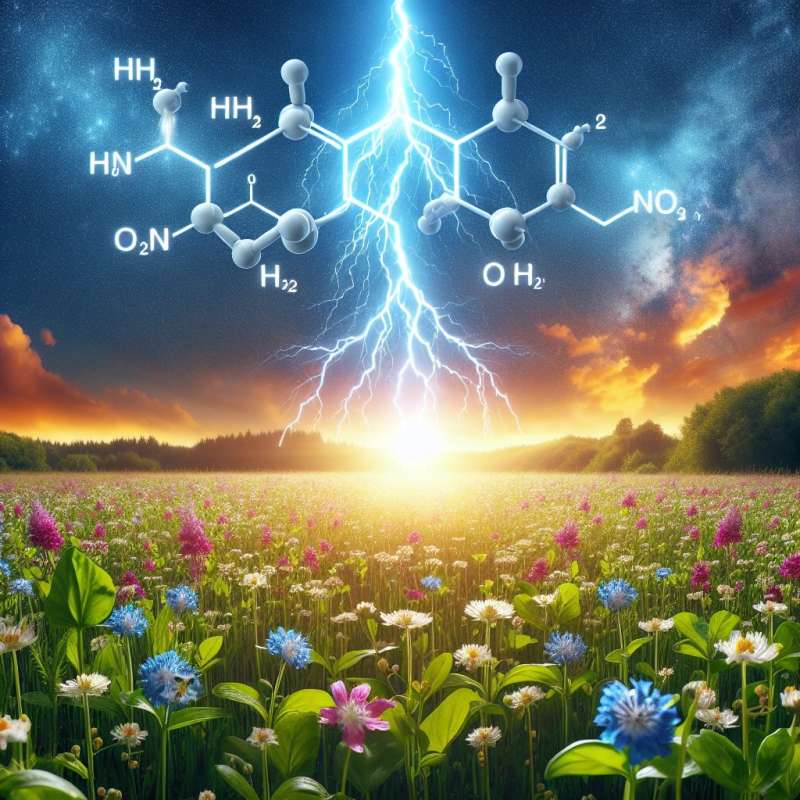
What is Lightning?
Lightning is a sudden electrostatic discharge during a storm. It creates a powerful light and heat effect, being as hot as 20,000 degrees Celsius, capable of burning sand into glass.
Lightning Types
Lightning variances include intra-cloud, cloud-to-cloud, cloud-to-ground, and cloud-to-air. The rarer 'ball lightning' can appear as glowing orbs that persist for longer than typical lightning bolts.
Lightning Bolt Formation
Lightning forms when the electrical charge between the cloud and the ground becomes too great. This charge separation ionizes the air, creating a conductive plasma channel.
Thunder: Lightning's Acoustic Signature
Thunder is the sound of shock waves created by the rapid expansion of heated air. It can be heard up to 25 miles away from the lightning strike.
Lightning Speed and Distance
A lightning bolt travels at speeds of up to 140,000 miles per hour and can strike locations more than 10 miles away from the storm center.
Lightning and Nitrogen Fixation
Lightning plays a crucial role in nitrogen fixation, breaking down nitrogen molecules allowing them to combine with oxygen, forming nitrates that fertilize plant life.
Lightning Safety Myths
Contrary to popular belief, rubber shoes do not protect from lightning strikes. Safety is best ensured by staying indoors, away from windows, and avoiding electrical appliances during storms.
What is the temperature of lightning?
As hot as 5,000 degrees Celsius
Up to 20,000 degrees Celsius
Similar to the sun's surface temperature
Company